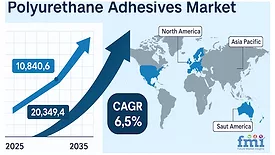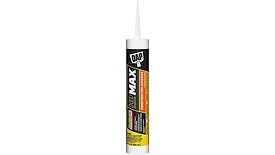Home » Keywords: » polyurethanes
Items Tagged with 'polyurethanes'
ARTICLES
Expert Insights for Navigating Single- and Two-Component Roof Tile Adhesives
For concrete and clay tile roof applications, polyurethane foam has emerged as a fast, reliable, and high-performance alternative to mechanical fastening.
September 19, 2024
Keep the info flowing with our newsletters!
Get the latest industry updates tailored your way.
JOIN TODAY!Copyright ©2025. All Rights Reserved BNP Media.
Design, CMS, Hosting & Web Development :: ePublishing




.webp?height=168&t=1709670950&width=275)


.webp?height=168&t=1676382930&width=275)
.webp?height=168&t=1713197356&width=275)
